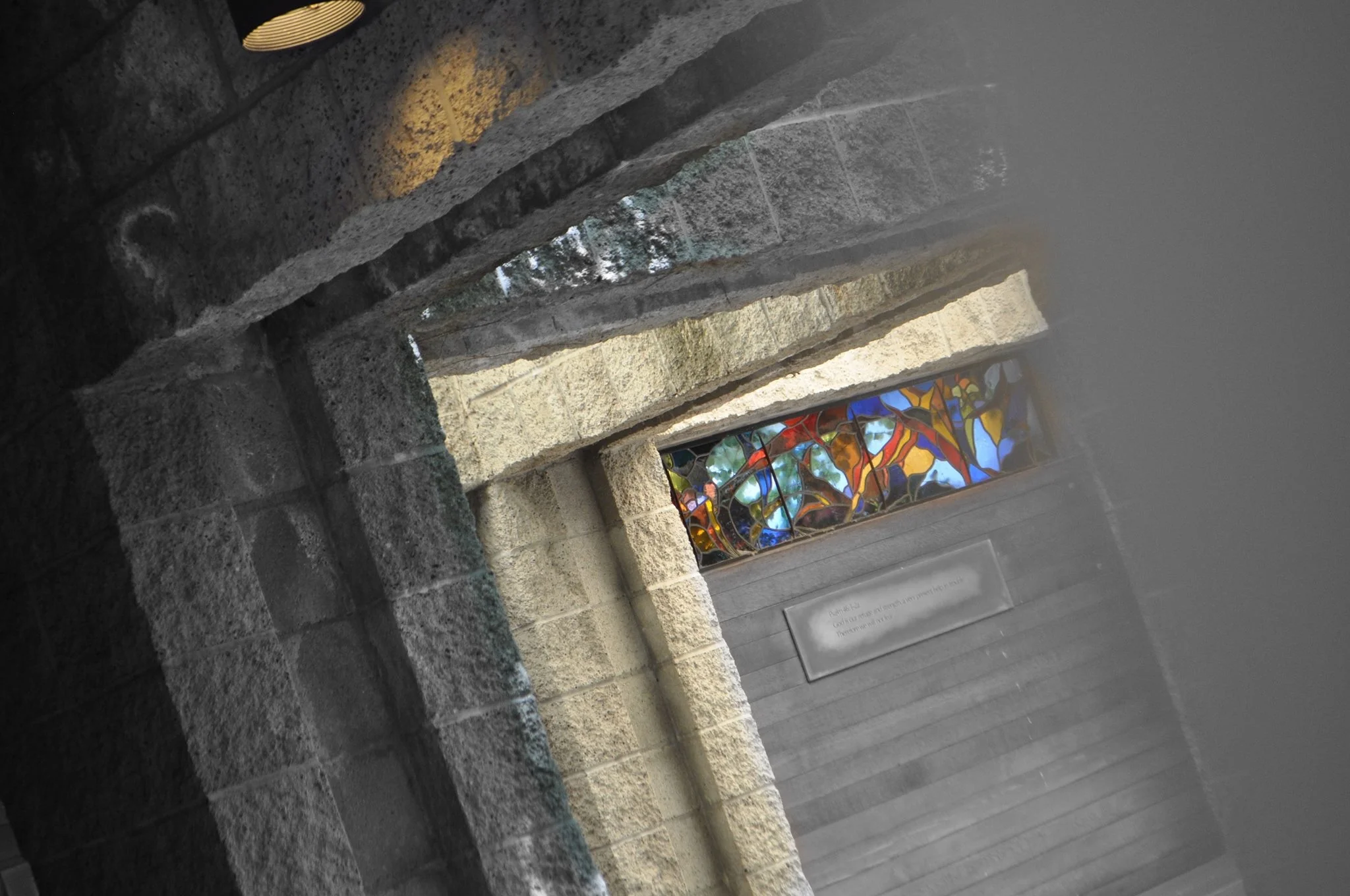47: Are Women to be Silent in the Church? Discussing 1 Cor 14:34-35 with Dr. Philip B. Payne
/Well, this episode is a deep dive into some really fascinating and complex issues! Dr. Payne is a major influence on our thinking and we were delighted to host him as he shared some stories of his life and a lot about his work in textual criticism.
Please find available for free download Phil Payne's summary article that answers the 12 most commonly alleged biblical reasons against the equal standing of man and woman. It puts in 8 pages the core argument of my 511 page book, Man and Woman, One in Christ: An Exegetical and Theological Study of Paul’s Letters (Grand Rapids: Zondervan, 2009, list $32.99) available for $19.99 at https://www.lingistsoftware.
You may also download free a summary of the 6 groundbreaking discoveries identified in Phil Payne's October 2017 New Testament Studies article on the Vaticanus Distigme-obelos symbols. That article was listed as the “Most read” article on the NTS website for at least a year. It is available to download free HERE. Note that the key reasons for regarding 1 Corinthians 14:34-35 as a later addition are unique to this passage and so do not undermine the reliability of any other passage of Scripture.
Phil Payne later discovered 8 more Vaticanus distigme-obelos symbols. Most of them are in the sixth column of the open codex, where the distigme was put on the right side of the column to make it easier to see, including the case of the adulteress (John 7:58 - 8:11). All 8 have a gap in the text at the exact point where some other manuscripts add at least four consecutive words that were not in the original text. This makes the case exponentially stronger that this same symbol marking the beginning of 1 Cor 14:34-35 does indeed identify it as a later addition that was not in Paul's original letter. You may also download free Phil Payne's "Critique of Vaticanus Distigme-Obelos Denials" with photographs of the additional 8. Payne also responds to critiques of his work here.
Dr. Payne can be contacted at philip.b.payne@gmail.com or through his website.


